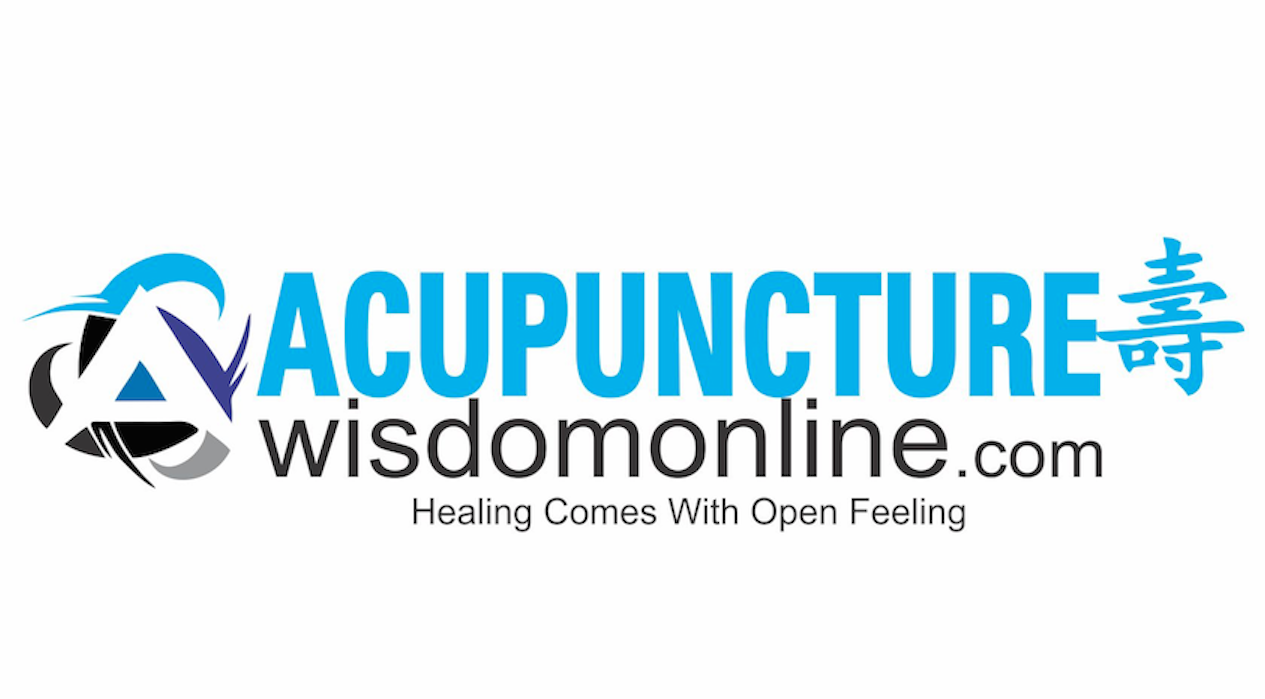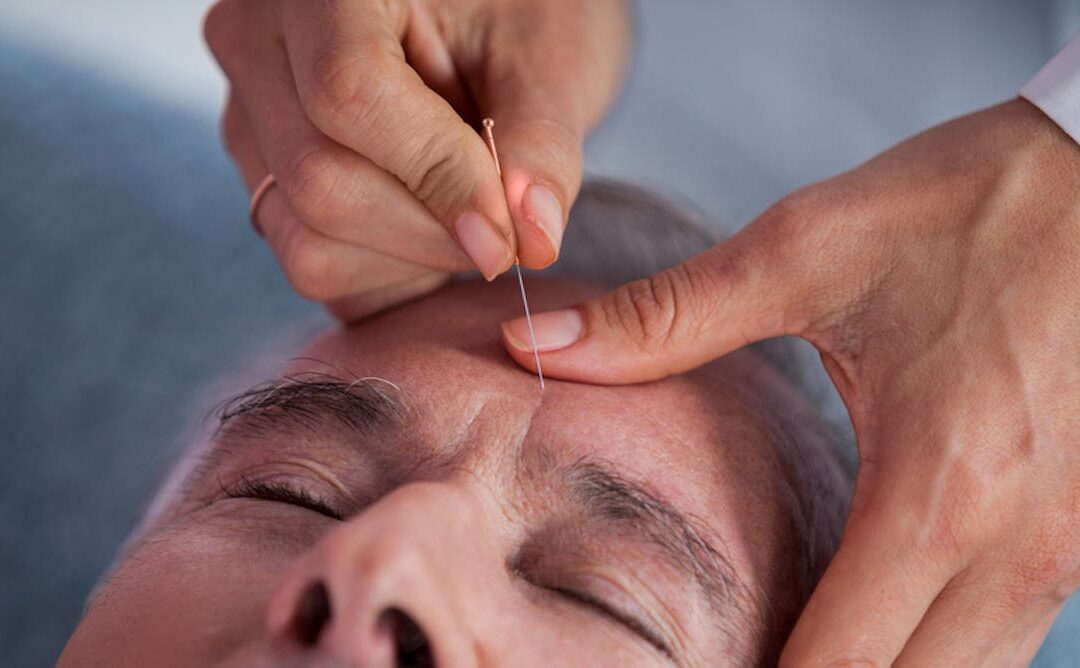The article explores the role of acupuncture as a complementary therapy in pain management, discussing its historical background, mechanisms of action, benefits for chronic pain, common techniques, and potential as an alternative therapy.
Acupuncture as a Complementary Therapy for Managing Chronic Pain
Acupuncture has a rich historical background as a 3000-year-old complementary therapy originating in China. Its roots in traditional Chinese medicine have contributed to its increasing recognition and integration into the healthcare system, particularly for managing chronic pain. The ancient practice of acupuncture has garnered growing popularity and scrutiny in Western nations, reflecting its significance in addressing pain and its potential as a complementary therapeutic approach.
One example of acupuncture’s growing recognition in the healthcare system is its incorporation into integrative pain management programs. These programs often combine conventional medical treatments with complementary therapies like acupuncture to provide a holistic approach to chronic pain management. This approach acknowledges the value of acupuncture as a complementary therapy that can enhance the overall treatment outcomes for individuals experiencing chronic pain.
Furthermore, the increasing scrutiny of acupuncture in Western nations has led to extensive research and clinical trials to better understand its mechanisms of action and efficacy in managing chronic pain. This scrutiny has also prompted healthcare professionals to explore the potential of integrating acupuncture into multidisciplinary pain management strategies, highlighting its relevance and significance in addressing the complex nature of chronic pain.
Understanding Acupuncture
Acupuncture, a 3000-year-old complementary therapy originating in China, is deeply rooted in traditional Chinese medicine. This therapy is based on the concept of maintaining balance in the body, which aligns with the traditional Chinese medicine view of the body as a balance of opposing forces, yin and yang. The practice of acupuncture aims to restore or maintain this balance by promoting the flow of Qi, the body’s vital energy, through specific pathways known as meridians. By stimulating specific points along these meridians, acupuncturists seek to address various health concerns, including chronic pain.
The techniques of acupuncture have evolved over centuries and now encompass a range of modalities, including basic needling, electro acupuncture, moxibustion, laser acupuncture, and acupressure. For instance, electro acupuncture involves the use of a small electric current applied to the needles to enhance the therapeutic effects of traditional acupuncture. Similarly, moxibustion, a technique involving the burning of mugwort near the skin, complements needling to further stimulate the acupuncture points. These diverse techniques provide practitioners with a versatile toolkit to address different types of pain and health conditions, making acupuncture a multifaceted and adaptable therapeutic approach for managing chronic pain.
As acupuncture becomes increasingly recognized in Western healthcare systems, it is essential for both healthcare professionals and patients to comprehend its historical roots, philosophical underpinnings, and diverse techniques. This understanding can foster informed decision-making about the potential role of acupuncture in managing chronic pain and contribute to the integration of this ancient therapy into comprehensive pain management strategies.
The Role of Acupuncture in Pain Management
Acupuncture plays a crucial role in pain management through various mechanisms of action. One of the key mechanisms is the release of natural opioid substances within the body. These substances, such as endorphins, act as natural pain relievers, helping to alleviate the sensation of pain in individuals undergoing acupuncture treatment. Additionally, the neurogate theory suggests that the stimulation of specific acupuncture points affects the transmission of pain signals in the nervous system, thereby reducing the perception of pain.
Another important mechanism is the endogenous corticosteroid release triggered by acupuncture. This process involves the body’s natural release of corticosteroids, which possess anti-inflammatory properties, contributing to pain reduction, particularly in conditions associated with inflammation, such as arthritis. Furthermore, acupuncture has been observed to induce myofibrillary entanglement, a process in which muscular tension is released, leading to muscle relaxation and decreased discomfort.
In addition to these mechanisms, acupuncture stimulates local blood flow to the targeted areas, promoting tissue healing and reducing pain. The improved circulation assists in delivering essential nutrients and oxygen to the affected tissues, facilitating the body’s natural healing processes and providing relief from pain. These diverse mechanisms collectively demonstrate the multifaceted approach of acupuncture in addressing chronic pain conditions.
Moreover, the evidence supporting the efficacy of acupuncture in managing pain is underscored by its positive outcomes in treating various conditions, including osteoarthritis, chronic neck pain, and low back pain. These findings highlight the potential benefits of acupuncture as a valuable option for individuals seeking alternative approaches to pain relief, especially when conventional treatments may have limitations or adverse effects. Despite acknowledging the contraindications and potential adverse effects associated with acupuncture, it is important to note that serious injury resulting from acupuncture is rare, underscoring its safety and reliability in the context of pain management.

Benefits of Acupuncture for Chronic Pain
Acupuncture has gained recognition for its ability to elicit various biological effects on the peripheral or central nervous system, neurotransmitters, and other chemical mediators, which collectively contribute to its effectiveness in managing chronic pain. For instance, studies have shown that acupuncture can stimulate the release of endorphins, which are the body’s natural pain-relieving hormones. This mechanism of action provides a physiological basis for the pain relief experienced by individuals undergoing acupuncture treatment.
Moreover, acupuncture has demonstrated its efficacy in treating a wide range of chronic pain conditions. For example, it has been found to be effective in alleviating chronic low back pain, a prevalent condition that significantly impacts the quality of life for many individuals. By targeting specific acupuncture points associated with lower back pain, acupuncture can help reduce discomfort and improve functional mobility, offering a non-pharmacological approach to managing this chronic condition.
Additionally, acupuncture has shown promise in addressing chronic neck and shoulder pain, a prevalent issue among individuals with sedentary occupations or those who experience musculoskeletal strain. Through the strategic needling of acupuncture points related to the neck and shoulder areas, individuals have reported reduced pain intensity and improved range of motion, highlighting the therapeutic potential of acupuncture in managing these specific pain conditions. These examples underscore the diverse benefits of acupuncture in addressing chronic pain, positioning it as a valuable complementary therapy in pain management.
Common Acupuncture Techniques and Points
Acupuncture encompasses a variety of techniques that are used to address chronic pain and other health concerns. One of the most common techniques is basic needling, where thin needles are inserted into specific points on the body to stimulate the nervous system and promote pain relief. Additionally, electro acupuncture involves the application of a gentle electric current to the acupuncture needles to enhance their effectiveness in managing chronic pain.
Another widely used technique is moxibustion, which involves the burning of mugwort, a small, spongy herb, to facilitate healing and alleviate pain. This technique is believed to warm the body and dispel cold, which can be beneficial for chronic pain conditions. Laser acupuncture, on the other hand, uses focused laser light instead of traditional needles to stimulate the acupuncture points, providing a non-invasive option for pain relief. Acupressure, which involves applying physical pressure to acupuncture points, is also utilised to relieve pain and promote overall well-being.
In addition to these techniques, it is essential to understand how acupuncture points are identified and utilised for pain relief. These points are located along meridians of energy flow in the body, and their stimulation is thought to restore the balance of energy and alleviate pain. For example, the LI4 (Hegu) point, located on the back of the hand between the thumb and forefinger, is commonly used for pain relief in conditions such as migraines, toothaches, and neck pain. Understanding the specific techniques and points empowers healthcare providers and patients to make informed decisions about incorporating acupuncture into their pain management strategies.
Acupuncture as an Alternative Therapy for Pain Management
The growing acceptance of acupuncture in pain management as an alternative therapy reflects the increasing recognition of its efficacy in treating chronic pain conditions. As a complementary therapy with a 3000-year-old history, acupuncture has gained prominence in Western nations, prompting a surge in its popularity and scrutiny [3]. This shift in perception has led to a greater emphasis on understanding the specific pain subtypes that can be effectively treated with acupuncture, highlighting the need for ongoing research in this area.
Moreover, the lack of insurance coverage and facilities for acupuncture treatment presents significant barriers to its widespread referral and use as an alternative therapy for managing chronic pain. Overcoming these obstacles is crucial for enhancing the accessibility of acupuncture and ensuring that patients have comprehensive options for pain management. Furthermore, standardizing acupuncture clinical trials can contribute to improving the scientific validity and understanding of its effectiveness in addressing chronic pain conditions, thereby solidifying its position as a viable alternative therapy. By addressing these challenges and advancing research efforts, the role of acupuncture in pain management can be further strengthened, offering patients a promising avenue for holistic and effective chronic pain relief.
Conclusion and Future Prospects
Acupuncture has been gaining recognition for its potential to play a significant and positive role in pain management, especially as an alternative therapy for individuals suffering from chronic pain conditions. As more individuals seek non-pharmaceutical methods for pain relief, the role of acupuncture is becoming increasingly pivotal in addressing this need. Furthermore, ongoing research aimed at investigating the treatment of specific pain subtypes and the standardization of acupuncture clinical trials can substantially contribute to the advancement of scientific knowledge and the efficacy of acupuncture in managing chronic pain.
For example, a recent study conducted by the University of Arizona College of Medicine-Phoenix highlighted the promising potential of acupuncture in treating specific pain subtypes, such as tension-type headaches. The study found that participants who underwent acupuncture treatment experienced a significant reduction in the frequency and intensity of tension-type headaches compared to those who did not receive acupuncture. Such findings underscore the importance of further research to explore the specific subtypes of chronic pain that can be effectively managed through acupuncture.
Moreover, standardizing acupuncture clinical trials can lead to more robust and reliable evidence regarding the effectiveness of acupuncture in pain management. By establishing standardized protocols for acupuncture interventions and outcome assessments, the scientific community can gain a clearer understanding of the mechanisms of action and the true clinical impact of acupuncture for chronic pain relief. This, in turn, will pave the way for broader acceptance and integration of acupuncture into mainstream pain management practices, ultimately benefiting individuals suffering from chronic pain.

©2023 RobinTimSo


